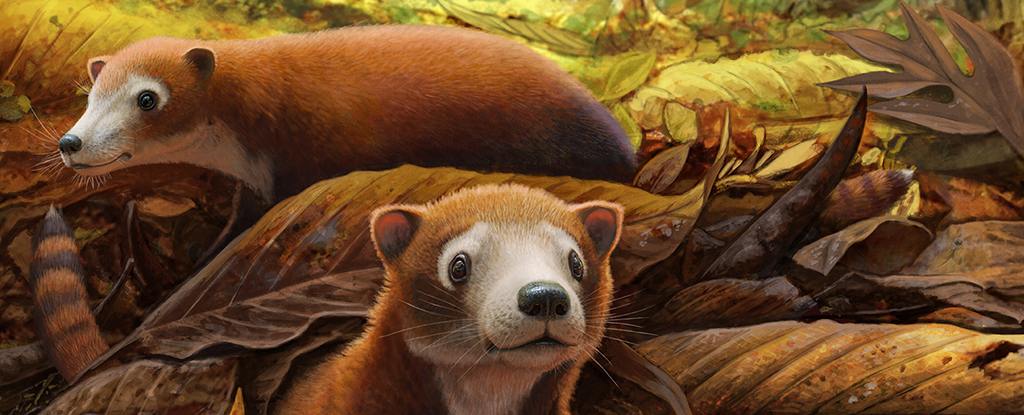Remote Sensing, Vol. 15, Pages 5565: Full-Season Crop Phenology Monitoring Using Two-Dimensional Normalized Difference Pairs
Remote Sensing doi: 10.3390/rs15235565
Authors: Louis Longchamps William Philpot
The monitoring of crop phenology informs decisions in environmental and agricultural management at both global and farm scales. Current methodologies for crop monitoring using remote sensing data track crop growth stages over time based on single, scalar vegetative indices (e.g., NDVI). Crop growth and senescence are indistinguishable when using scalar indices without additional information (e.g., planting date). By using a pair of normalized difference (ND) metrics derived from hyperspectral data—one primarily sensitive to chlorophyll concentration and the other primarily sensitive to water content—it is possible to track crop characteristics based on the spectral changes only. In a two-dimensional plot of the metrics (ND-space), bare soil, full canopy, and senesced vegetation data all plot in separate, distinct locations regardless of the year. The path traced in the ND-space over the growing season repeats from year to year, with variations that can be related to weather patterns. Senescence follows a return path that is distinct from the growth path.

 5 months ago
22
5 months ago
22


